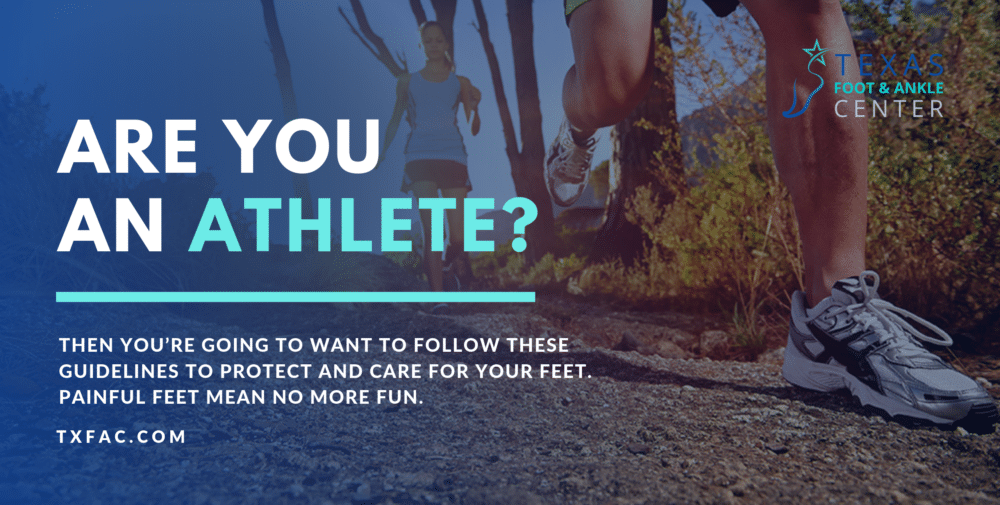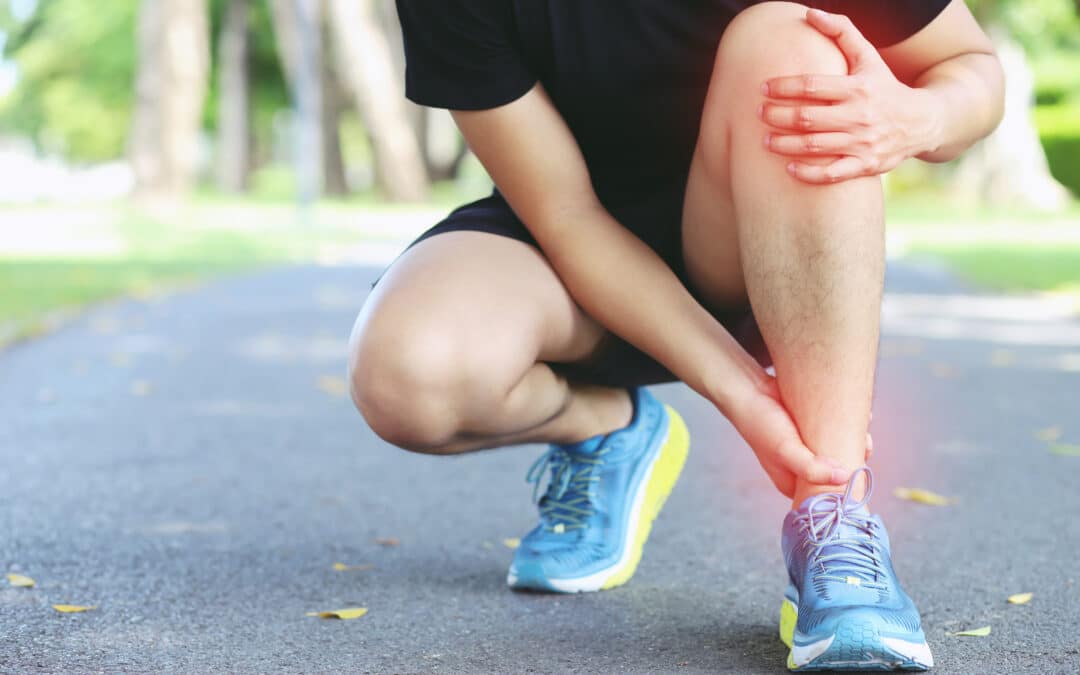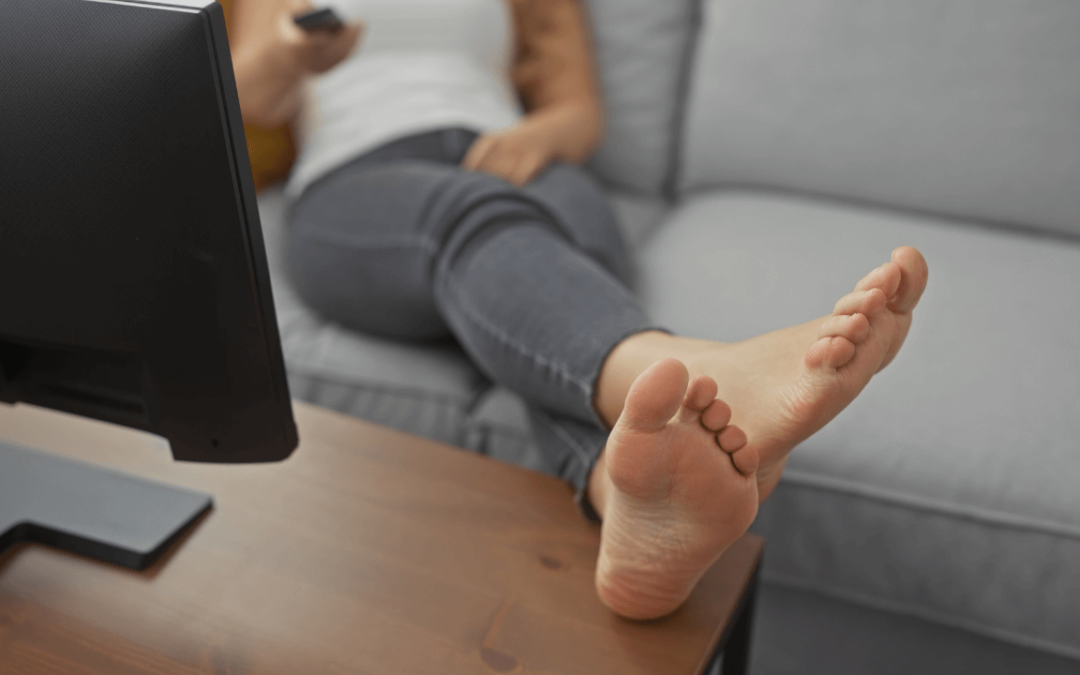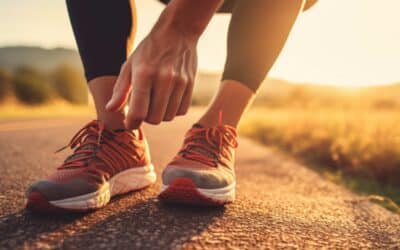Athletes—just like non-athletes—tend to only really think about their feet when they’re in pain. Hey, we get it. You rely on your feet so often, for so much, that you tend to take them for granted.
But unfortunately, failure to think about your feet and be proactive about foot and ankle care is often the difference between finishing the season in style or sitting on the sidelines while your teammates compete for the cup.
Without healthy feet and ankles, you can’t run, jump, cut, pivot, backpedal, kick, or juke the way that you need to. At best, your performance will suffer. At worst, you could be looking at a long layover and difficult rehabilitation.
Fortunately, there’s a lot you can do to reduce your risk of both traumatic and overuse injuries in your lower limbs. Although there’s no way to 100% prevent accidents and pain, following these tips can go a very long way for all active individuals—whether you’re a high-end college or pro player, or just a weekend warrior playing for personal enjoyment and fitness.
Here are some of the most important tips.
Choose Sport-Specific Shoes
There’s a reason they make basketball shoes for basketball players, running shoes for runners, soccer cleats for soccer players, and baseball cleats for baseball players. And it isn’t just because shoe companies like money!
The demands that one sport places upon your feet and ankles can be very different from those of a different sport. Why do basketball shoes have heavy soles and high tops? It’s because you need more cushioning for all the jumping you do, and more ankle stability for side-to-side motions.
In other words, those shoes are perfectly suited to protect your feet from the specific dangers of basketball. But trying to run a marathon in them would be a disaster!
If you play a specific sport regularly, you should always have appropriate gear. And if you’re playing more than one or two times per week, or for extended periods of time, you should actually get multiple pairs so that you can rotate between them. Speaking of…
Change Out Socks and Shoes When They Get Damp
If your feet sweat a lot, or you train often, get used to wearing more than one pair of socks per day. While this can be irritating, the truth is that damp footwear is a primary cause of not only fungal infections, but also nasty blisters.
Whenever you can, choose socks made from moisture-wicking fabrics to keep your feet as cool and dry as possible while you play.
Don’t Hang on To Those Shoes Too Long
Yes, we know you can get attached to your sneakers. But all good things must come to an end.
Even a well-cared for pair of sport-specific shoes will eventually succumb to the wear and tear of regular use. Treads grind down, depriving you of traction. Midsoles compress and flatten, meaning there’s less shock absorption being provided by the shoe. In either case, your risk of injury increases.
(Plus, old and sweaty shoes have a nasty habit of becoming a breeding ground for fungal and viral infections—the kinds that can cause athlete’s foot, fungal toenails, and warts.)
The exact lifespan of a shoe depends on factors like materials, construction quality, how often (and how hard) you play, and even your body weight. For runners, a good rule of thumb is about every 300-500 miles. For those who play other sports, keep an eye on your treads, listen to your feet, and use your judgement.
Ease into New Exercises, Sports, or Activities
A new sports season or new training program can be an exciting time—and we know it can be tempting to throw yourself into it with reckless abandon. This might be especially true for the “weekend warrior” set getting back into running or tennis after a few months (or years) of mostly sitting at home.
However, your body’s muscles do need time to condition themselves and adjust to new motions and types of activities, and starting too fast is a great way to wind up with a bad injury—potentially even very painful and severe ones like a ruptured tendon or muscle.
So, always start slowly at a comfortable pace, then gradually increase the duration or intensity of your workouts over a period of several weeks. Showing a little extra patience in the beginning will improve your training and significantly reduce your risk of injury.
Cross Train
One great way to improve your fitness and athletic skill at a faster pace while building endurance and strength and minimizing injury risk is to cross train.
For example, if you love to run or play basketball—both “high impact” sports—make time in your training schedule to participate in other kinds of activities and exercises, particularly of the “low impact” variety. Strength training, riding a stationary cycle, and swimming are all good alternative activities.
There are a couple of big advantages to this approach. Number one, you test and challenge your muscles and joints in a variety of different ways, improving overall coordination and fitness in ways that benefit your performance in your primary sports.
And two, making sure you aren’t slamming your feet every single day, and instead have days dedicated to low-impact exercise, gives them time to rest and recover. This minimizes your risk of overuse injuries.
Know When to Pack It In
Here’s the truth:
While you can expect to feel some fatigue or moderate aches after activity, pain should never be considered a “normal” part of play.
Overuse injuries, like heel pain and Achilles tendinitis, almost always occur because you aren’t listening to your body and don’t quit when you start to hurt.
And if you continue to play even through significant pain, those injuries not only won’t get better—they are likely to get worse. And ultimately, a few more days of “playing through the misery” probably isn’t worth the extra weeks—or even months—of rehab you might be facing afterward.
Simply put: If it hurts, stop doing it.
Seek Podiatric Care as Quickly as Possible
So what should you do when you suffer a foot or ankle sports injury, or start to notice obvious pain? Call the Texas Foot & Ankle Center, of course!
We can give you the customized treatment plan to get you back on your feet quickly and confidently. We’re athletes too, and nothing gives us more pleasure than helping get you back in the game.
Whether you need new shoes, orthotics, physical therapy, injection therapy, surgery, or any other kind of treatment, we will help you determine the most appropriate remedy for your specific needs and lifestyle.
But don’t wait until you’re hobbling over in pain to make the call! At the first sign of trouble, dial (214) 660-0777 and schedule your appointment, or request an appointment with us online.




